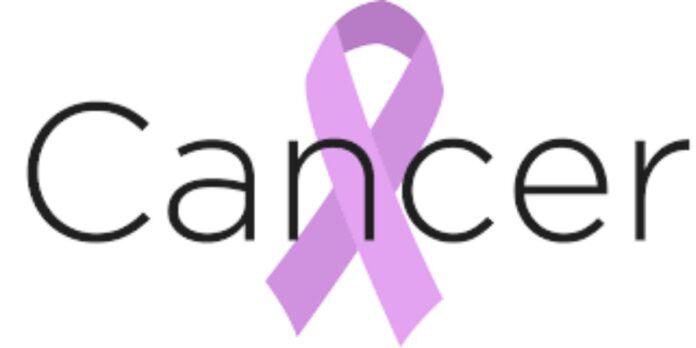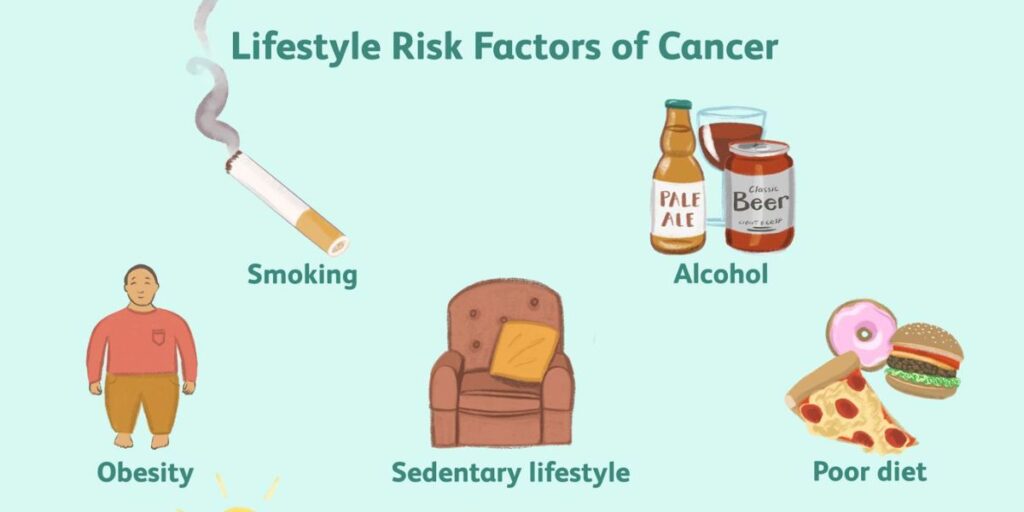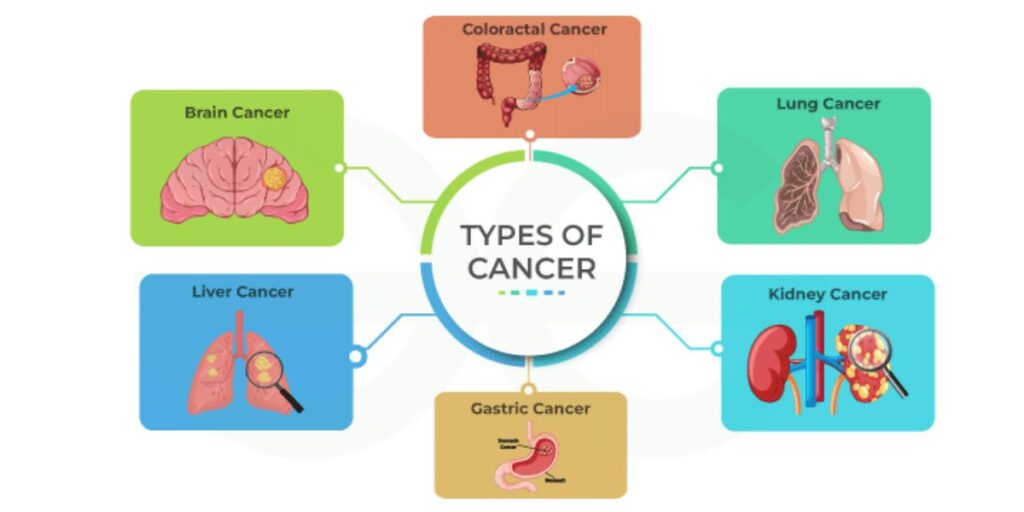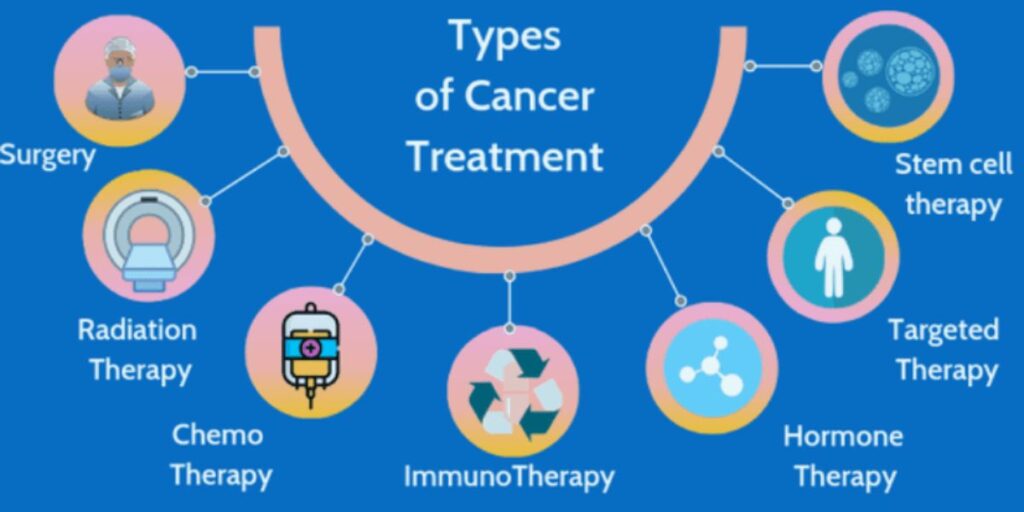Cancer is a complex and pervasive disease that affects millions of lives worldwide. It manifests in various forms, arises from many factors, and demands tailored treatments. In this article, we delve into the intricate landscape of cancer, exploring its causes, types, and evolving approaches to treatment.
Causes of Cancer:
Cancer is often caused by genetic mutations that disrupt the normal functioning of cells, leading to uncontrolled growth and proliferation. While some mutations are inherited, many are acquired throughout a person’s lifetime due to exposure to carcinogens or other environmental factors. Here are some common causes and risk factors associated with cancer development:
Genetic Factors:
Certain genetic mutations inherited from parents can increase the risk of developing cancer. These mutations can predispose individuals to specific types of cancer, such as BRCA1 and BRCA2 mutations associated with breast and ovarian cancer.
Environmental Exposures:
Exposure to carcinogens, such as tobacco smoke, ultraviolet (UV) radiation, asbestos, and certain chemicals, can damage DNA and increase the risk of cancer development. Lifestyle choices, including smoking, poor diet, and lack of physical activity, also contribute to cancer risk.
Viral Infections:
Some viruses, such as human papillomavirus (HPV), hepatitis B virus (HBV), and Epstein-Barr virus (EBV), are linked to certain types of cancer. For example, HPV infection is a major risk factor for cervical and other genital cancers.
Age and Hormonal Factors:
Cancer risk increases with age, as cells accumulate genetic mutations over time. Hormonal factors, such as estrogen exposure in breast cancer or testosterone in prostate cancer, also play a role in cancer development.
Family History:
A family history of certain cancers can indicate a genetic predisposition to the disease. Individuals with close relatives who have had cancer may have an increased risk themselves.
Types of Cancer:
Cancer can affect virtually any part of the body and is classified based on the type of cells where it originates. Here are some common types of cancer:
Carcinomas:
These cancers arise from epithelial cells that line the surfaces of organs and tissues. The most common carcinomas include breast, lung, prostate, and colorectal cancers.
Sarcomas:
Sarcomas develop from connective tissues such as bones, muscles, and cartilage. Examples include osteosarcoma (bone cancer) and leiomyosarcoma (smooth muscle cancer).
Leukemias:
Leukemias originate in the bone marrow and affect the production of blood cells. They are characterized by the rapid proliferation of abnormal white blood cells. Types of leukemia include acute lymphoblastic leukemia (ALL) and chronic myeloid leukemia (CML).
Lymphomas:
Lymphomas affect the lymphatic system, which is responsible for immune function. They arise from lymphocytes, a type of white blood cell. Common lymphomas include Hodgkin lymphoma and non-Hodgkin lymphoma.
Central Nervous System (CNS) Tumors:
These tumors develop in the brain or spinal cord and can be benign or malignant. Glioblastoma multiforme is one of the most aggressive and common malignant brain tumors.
Cancer Treatments:
Advances in medical research and technology have led to significant improvements in cancer treatment outcomes. Treatment plans are tailored to the type and stage of cancer, as well as individual patient factors. Here are some common treatment modalities:
Surgery:
Surgical removal of cancerous tumors is often the first-line treatment for solid tumors that are localized and haven’t spread to other parts of the body. Surgery may be curative or may be combined with other treatments such as chemotherapy or radiation therapy.
Chemotherapy:
Chemotherapy involves the use of drugs to kill cancer cells or prevent their growth and division. It can be administered orally or intravenously and may be used alone or in combination with other treatments.
Radiation Therapy:
Radiation therapy uses high-energy radiation to target and destroy cancer cells. It can be delivered externally using a machine (external beam radiation) or internally through implanted radioactive sources (brachytherapy).
Immunotherapy:
Immunotherapy harnesses the body’s immune system to recognize and attack cancer cells. This approach includes immune checkpoint inhibitors, monoclonal antibodies, and cancer vaccines.
Targeted Therapy:
Targeted therapy drugs specifically target cancer cells by interfering with specific molecules involved in tumor growth and progression. These drugs often have fewer side effects than traditional chemotherapy.
Precision Medicine:
Precision medicine involves using genetic and molecular profiling to customize cancer treatment plans for individual patients. This approach helps identify targeted therapies that are most likely to be effective based on the genetic makeup of the tumor.
Conclusion:
In conclusion, cancer is a multifaceted disease with diverse causes, types, and treatment options. While significant progress has been made in cancer research and treatment, ongoing efforts are needed to improve early detection methods, develop more effective therapies, and ultimately reduce the burden of cancer on individuals and society. With continued advancements in science and medicine, the hope for better outcomes and ultimately a cure for cancer remains strong.





